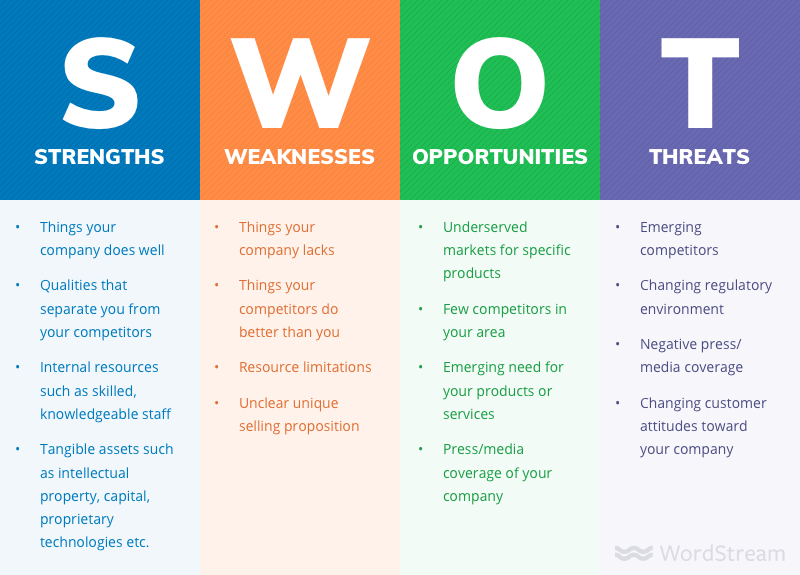How to Use SWOT Analysis in Business Planning
As a tech entrepreneur, it’s crucial to have a solid understanding of your business’s internal and external factors. One effective tool to help you assess these factors is the SWOT analysis. SWOT stands for Strengths, Weaknesses, Opportunities, and Threats. By conducting a SWOT analysis, you can identify areas where your business excels, as well as areas that may need improvement or could pose risks in the future.
Identifying Your Strengths
When conducting a SWOT analysis, start by identifying your business’s strengths. These can be anything from a strong brand reputation to cutting-edge technology or a talented team of employees. Consider what sets your business apart from competitors and what advantages you have in the market. Knowing your strengths can help you capitalize on them and use them to your advantage in your business planning.
Recognizing Your Weaknesses
Next, it’s important to identify your business’s weaknesses. These can be anything from outdated technology to a lack of resources or expertise in certain areas. By acknowledging your weaknesses, you can develop strategies to address them and minimize their impact on your business. This may involve investing in training for your team, upgrading your technology, or seeking partnerships with other businesses to fill in the gaps.
Exploring Opportunities
Once you’ve identified your strengths and weaknesses, it’s time to explore the opportunities available to your business. These can be anything from emerging technologies to new market trends or untapped customer segments. By recognizing and seizing opportunities, you can position your business for growth and success in the competitive tech industry. Look for ways to leverage your strengths to take advantage of these opportunities and stay ahead of the curve.
Assessing Threats
Finally, it’s important to assess the threats that could impact your business. These can include anything from increasing competition to changing regulations or economic downturns. By understanding and preparing for potential threats, you can develop contingency plans to mitigate their impact on your business. This may involve diversifying your revenue streams, strengthening your relationships with customers, or investing in risk management strategies.
Integrating SWOT Analysis into Business Planning
Once you’ve completed your SWOT analysis, it’s important to integrate the findings into your business planning. Use the insights gained from the analysis to inform your strategic decisions, set goals, and allocate resources effectively. Consider how you can leverage your strengths to capitalize on opportunities, while also addressing your weaknesses and mitigating threats. By incorporating the SWOT analysis into your business planning process, you can make informed decisions that drive growth and success for your tech startup.
In conclusion, SWOT analysis is a valuable tool for tech entrepreneurs to assess their business’s internal and external factors. By identifying strengths, weaknesses, opportunities, and threats, you can develop a clear understanding of your business’s position in the market and make informed decisions to drive growth and success. Incorporate the findings of your SWOT analysis into your business planning process to set goals, allocate resources, and stay ahead of the competition in the fast-paced tech industry.


